Vodafone UK Marketing: B2B, B2C, National, and International
VerifiedAdded on 2023/04/04
|8
|522
|130
Report
AI Summary
This report analyzes Vodafone UK's marketing strategies, focusing on the marketing mix, segmentation, and the differences between B2B and B2C marketing. The analysis covers product offerings, pricing strategies, distribution channels, and promotional activities. It highlights the importance of social media for promoting mobile handsets. The report also differentiates between B2B and B2C marketing approaches, explaining how Vodafone UK targets end-users and other telecom businesses. Furthermore, it explores the distinctions between national and international marketing, emphasizing the impact of competition, technological reach, and market opportunities. The conclusion underscores the significance of adapting marketing strategies to the specific characteristics of each market. The report includes a list of references to support the analysis.
1 out of 8
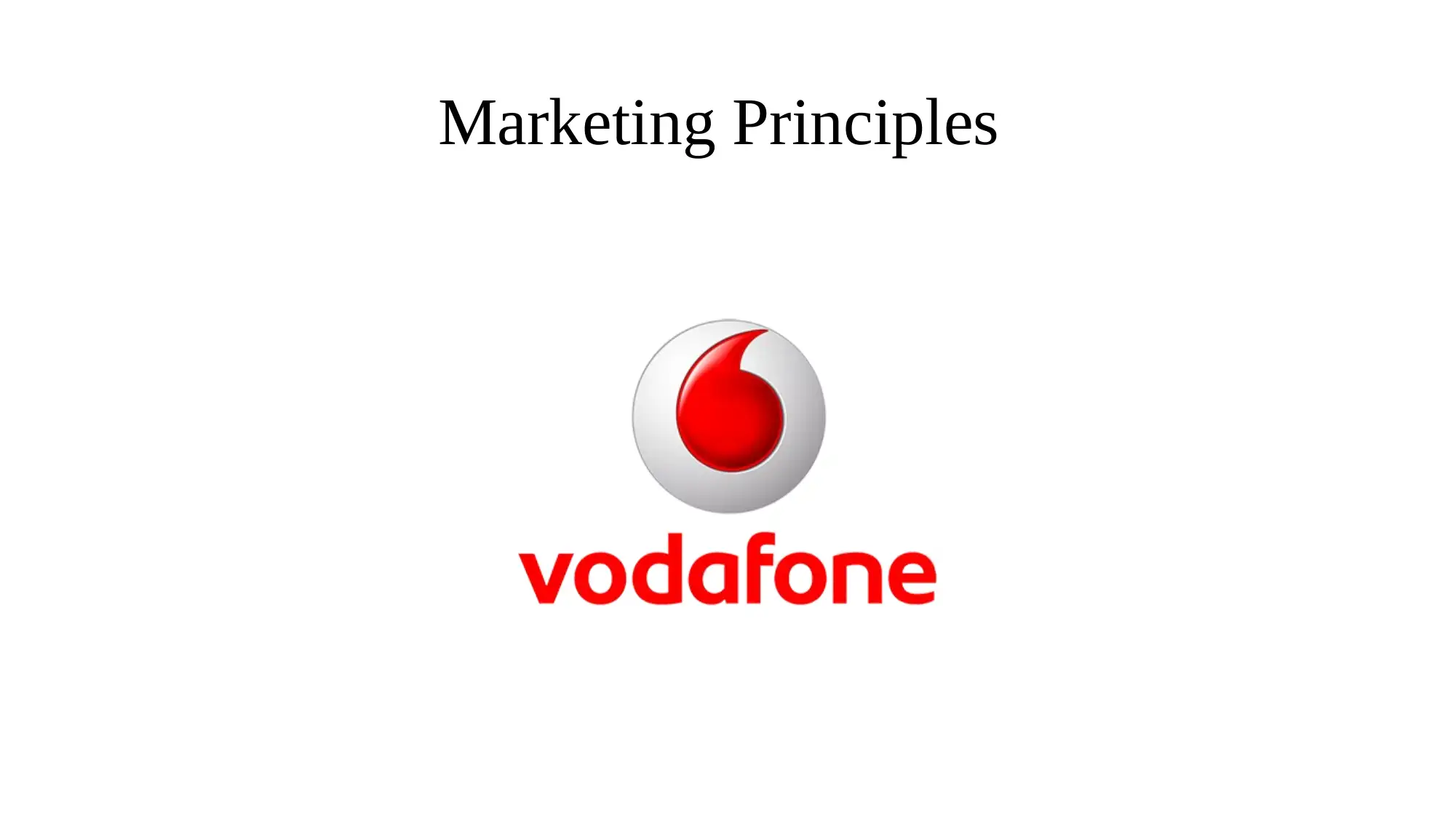

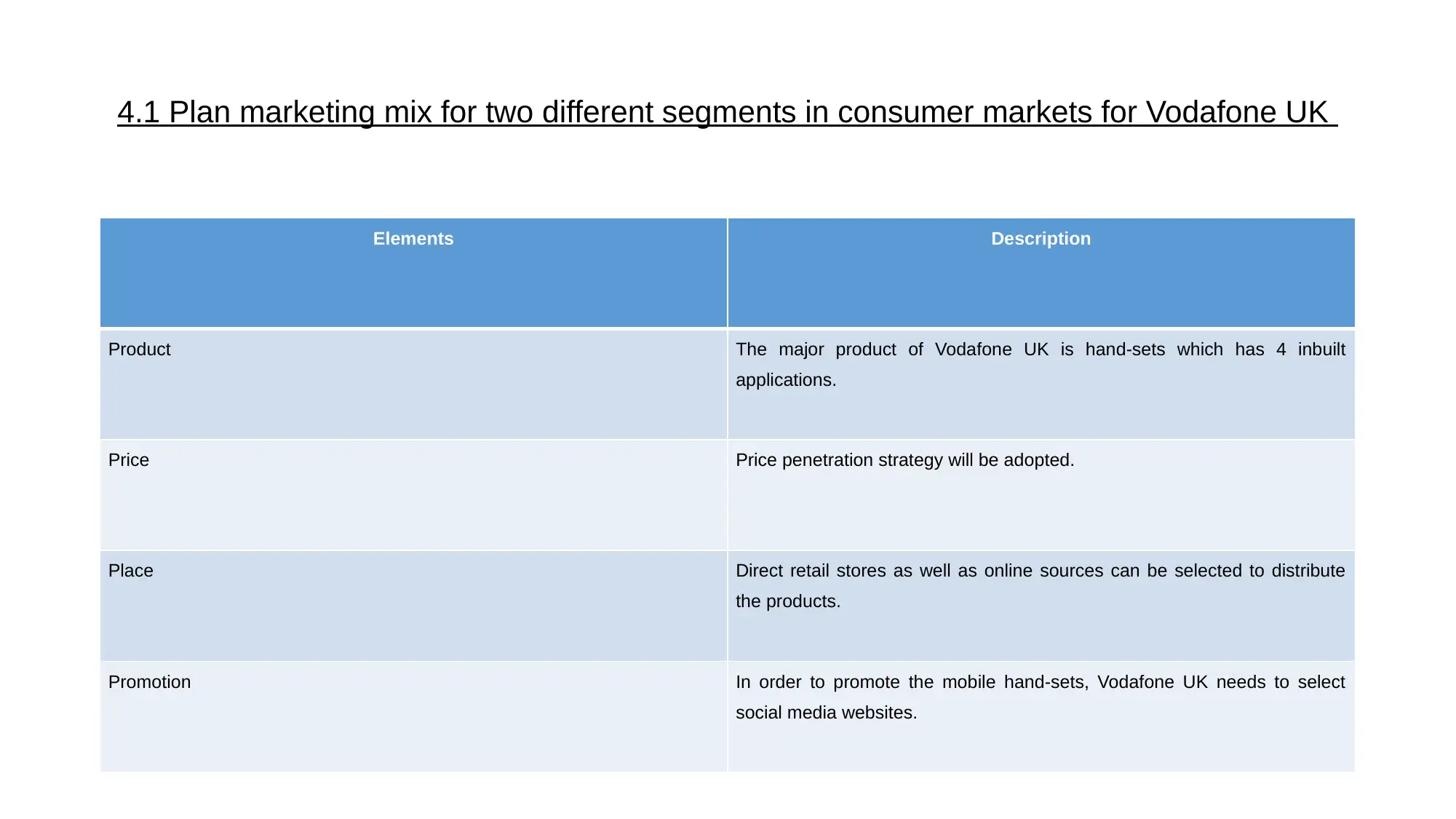

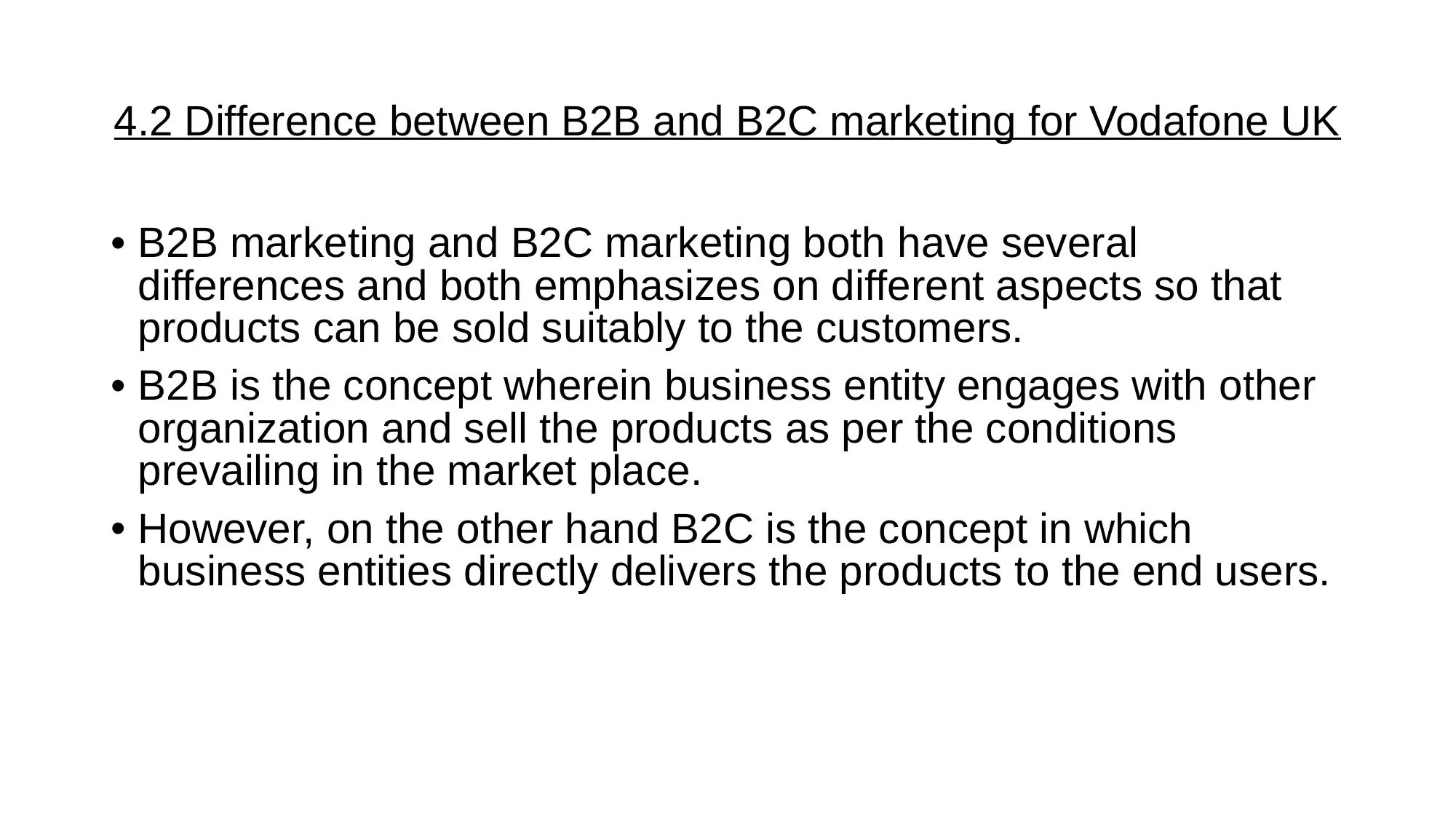
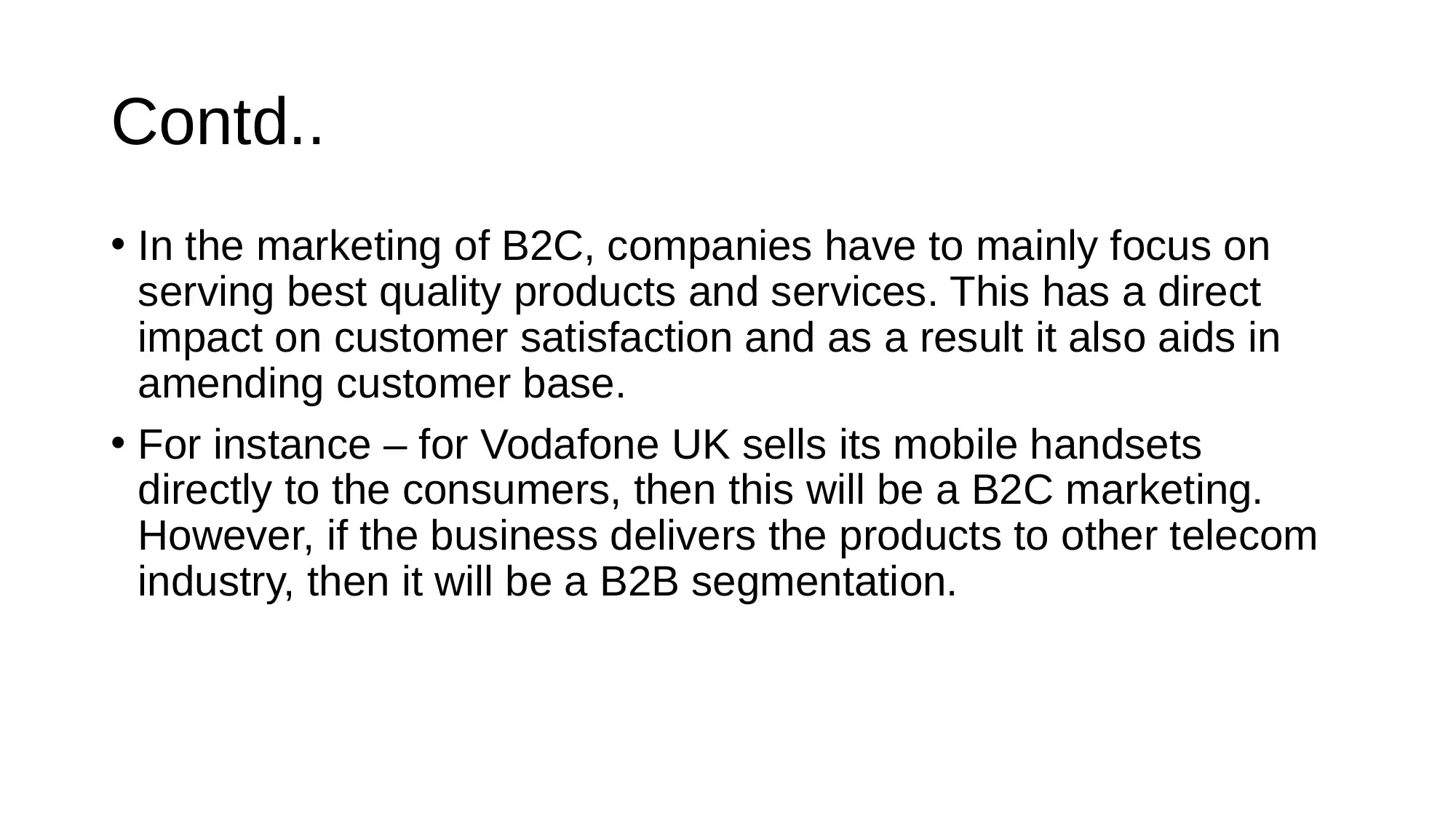
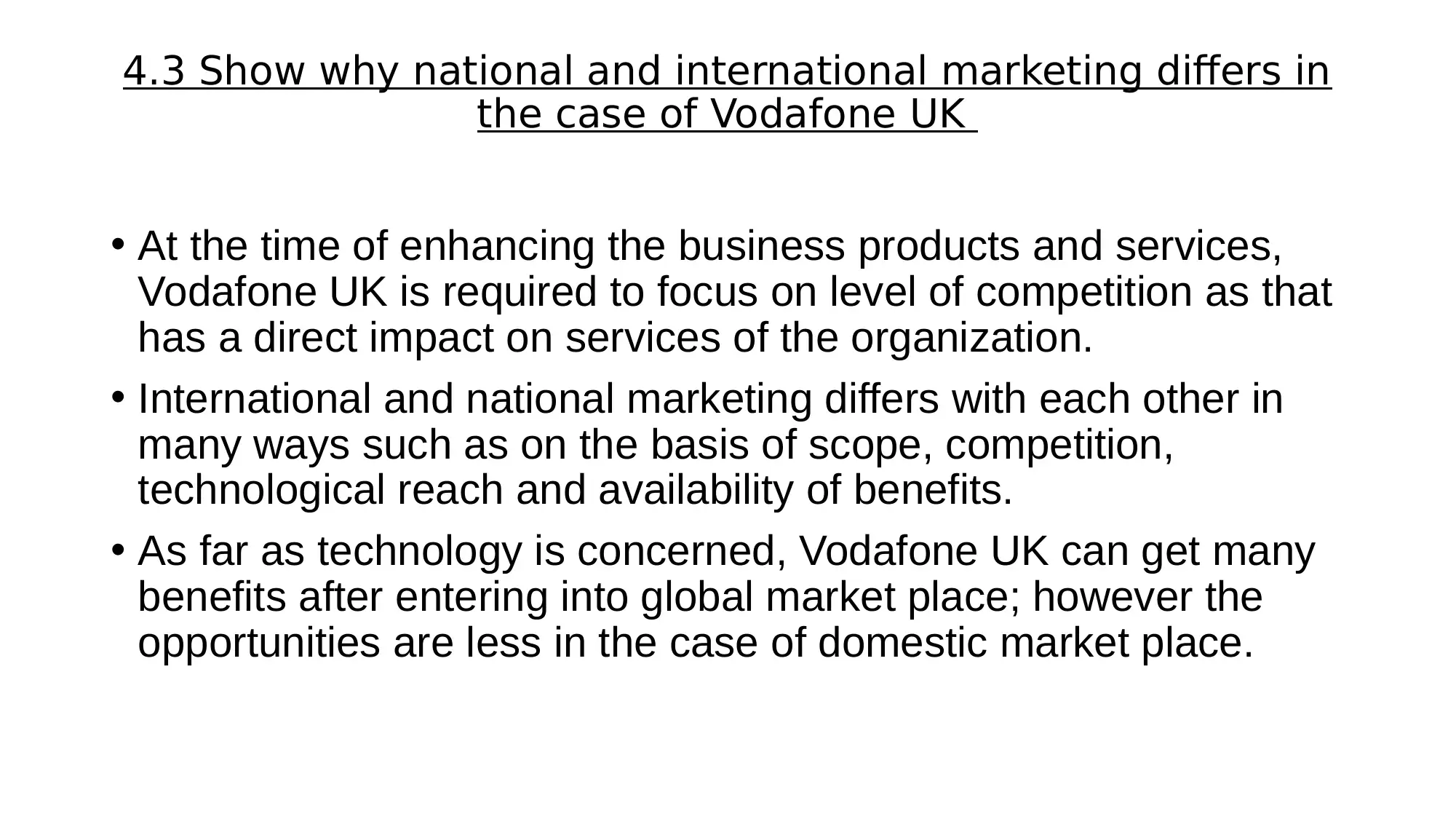
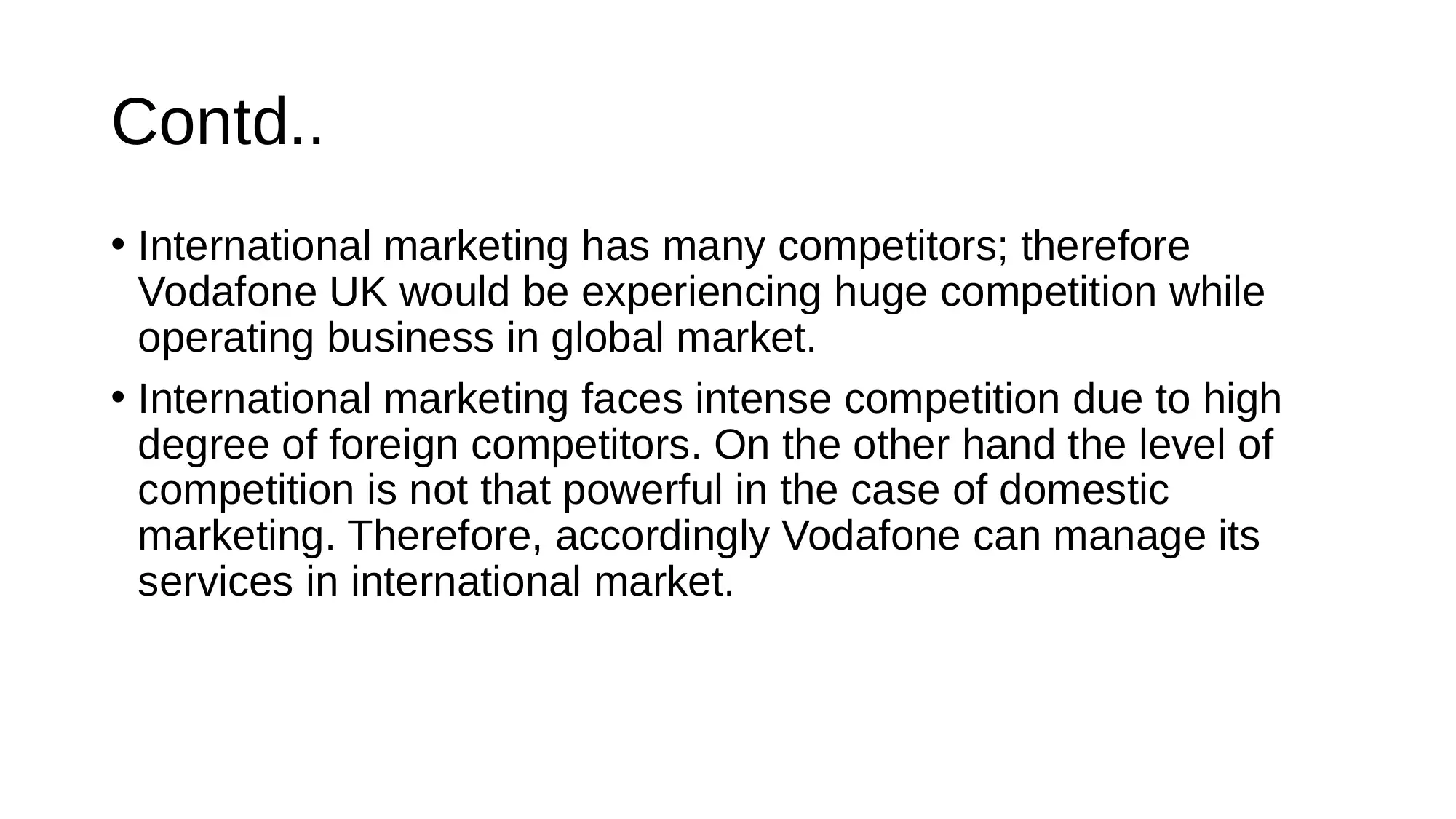
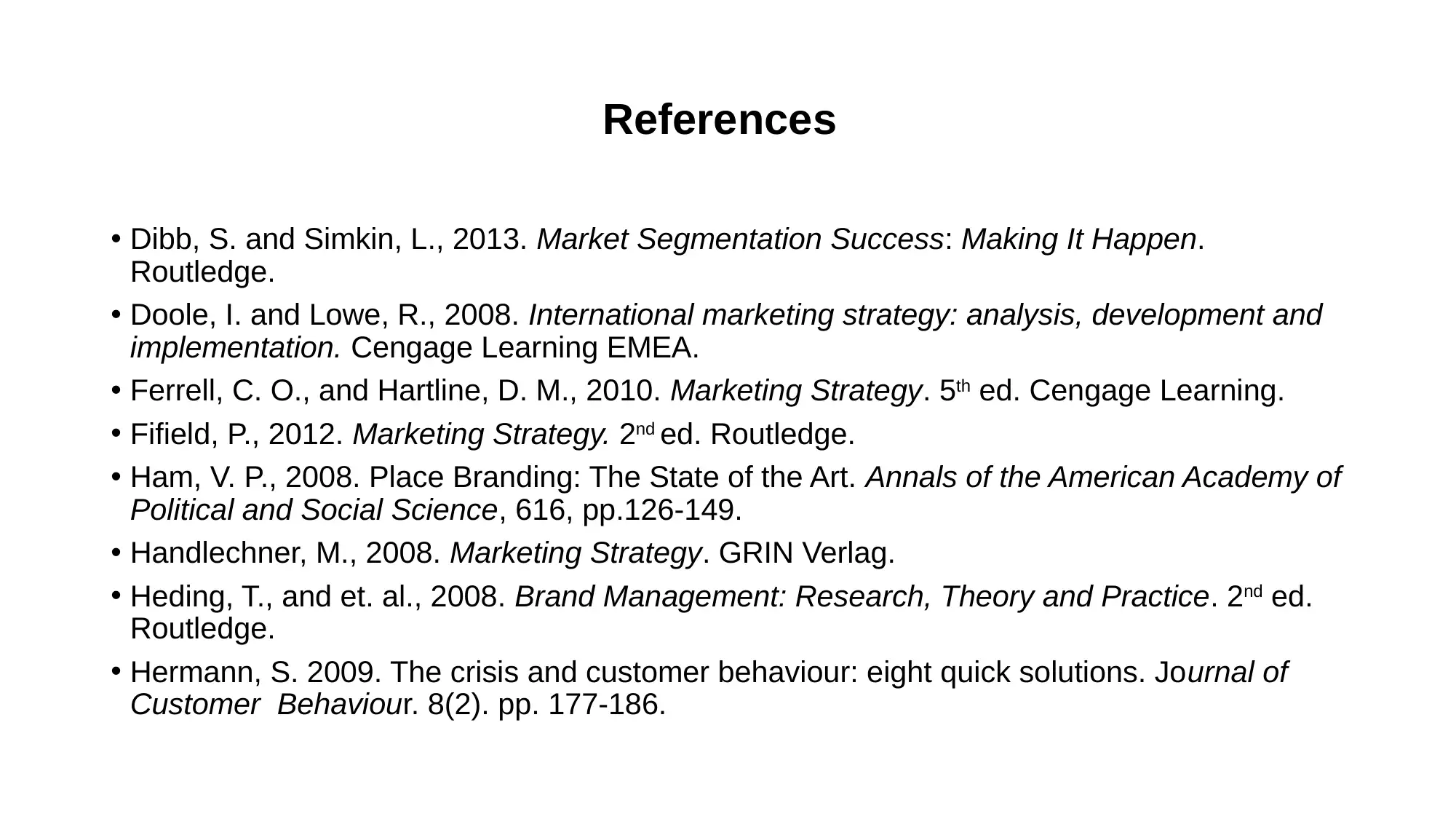






![[object Object]](/_next/static/media/star-bottom.7253800d.svg)